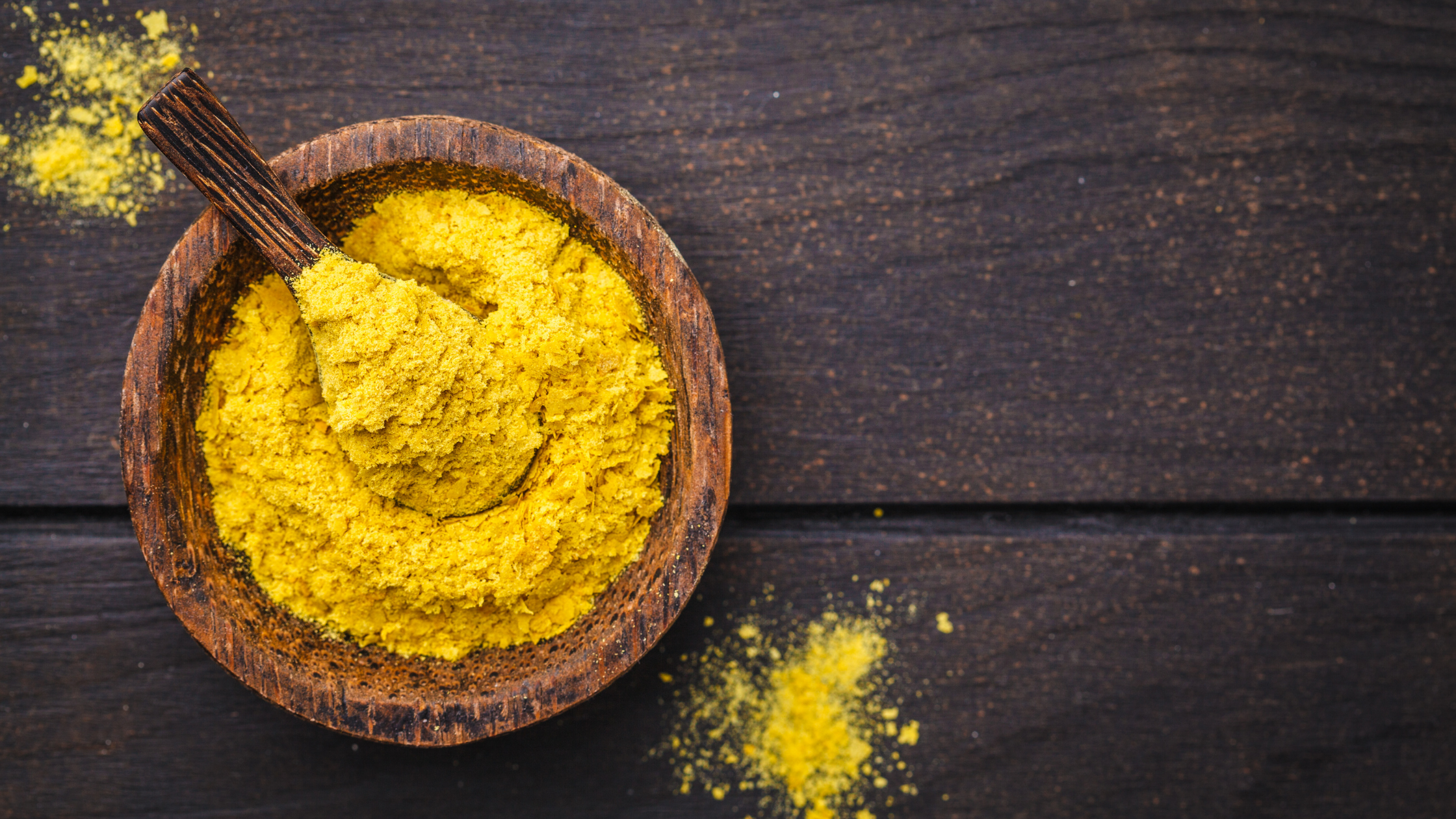Humans the world over can’t live without cheese for its unbeatable flavor and versatility. But many question whether cheese is all that good for us. So what’s the real deal? The experts weigh in.
Billions of cheese devotees around the globe know there are endless ways to love this craveable, ultimate comfort food, and that there are as many colors, textures, and cheesy flavors as there are methods to prepare it.
The USDA recommends 3 servings of dairy per day to keep our bones strong, happy news for cheese lovers everywhere. But cheese has fallen from grace in the eyes of health-conscious consumers as a harmful food that can clog our arteries and make us fat. So, should we really steer clear? Or is there a healthy way to savor cheese after all?
Why cheese gets a bad rap
Too much sodium in our food is a major contributor of heart disease, and cheese is one of the worst salt offenders out there. Cheese leads the pack as one of the top 10 sources of dietary sodium in America, supplying up to 800 mg of sodium per 3.5 oz of natural cheese and an alarming 1,500 mg of sodium per 3.5 oz of processed cheese.
The American Heart Association suggests no more than 2,300 mg of sodium a day with an ideal limit of 1,500 mg. While one serving of cheese is 1.5 oz for natural and 2 oz for processed, you can see how a few servings of cheese can easily topple your daily max.
Also, over 60% of the fat in cow’s milk is saturated, making cheese a leading source of saturated fat. Cheddar cheese, for example, has 33.3 g saturated fat per 3.5 oz. Saturated fat is worrisome because too much of it can raise cholesterol and add lots of extra calories, leading to heart disease and weight gain.
We should be getting no more than 13g of saturated fat per day on a 2,000 calorie diet, according to the American Heart Association, so just a few slices of cheese can quickly blast past our limit.

Cheese might be better for us than we think
In spite of its nutritional pitfalls, cheese also happens to be a great source of nutrients like protein, riboflavin, vitamin B12, vitamin A, vitamin K2, and calcium. Calcium and vitamin K2 are especially protective for the heart by lowering cholesterol and keeping our arteries free and clear.
Also, when cheese is processed from milk, special bacteria is added to help preserve its nutrients and promote fermenting. These easily digested bacteria, called lactic acid bacteria, increases the friendly bacteria in our gut and may play a big role in keeping us healthy, as they are shown to have antioxidant, anti-inflammatory, and antimicrobial properties.
This might explain why eating cheese results in a smaller rise in cholesterol than eating butter, even when they share the same saturated fat content.
Ask the experts: is cheese healthy and safe to eat?
Cheese should be enjoyed only sparingly, according to Julianne Penner, registered dietitian at International Heart Institute at Loma Linda University Health. “Cheese is in the dairy family and has something called IGF (insulin-like growth factor) that can be in the milk itself or stimulated when ingested. IGF then promotes the development of hormone-related imbalances from acne to cancers, particularly breast and prostate,” she says. “Dairy also increases mucus secretion and has a strong link with asthma and congestive disorders. Finally, regular dairy consumption has a strong link with developing type 2 diabetes since dairy potently stimulates insulin production and over time, leads to insulin resistance.”
Tatiana Keay, registered dietitian at Digestive Disease Consultant of Orange County, also weighs in. “Cheese can be healthy or unhealthy, depending on the context. Meals from the Standard American Diet contain excess cheese and bread-like products. Pizza and cheeseburgers are examples of a low fiber, excess saturated fat and high carbohydrate meal. Cheese in this context will impact your health negatively. On the other hand, if you are eating a salad with 1 oz. of feta cheese, the cheese will provide bioavailable protein and fat for satiety, which is important for weight loss. It’s all about what the cheese is paired with. Adding cheese to a plant-rich meal is the way to go!”

Nutritional yeast: a dairy-free, cheesy alternative
Golden and flaky with a hint of savory, nutritional yeast – or “nooch” as it is affectionately known around plant-based circles - is saluted for its ability to lend a cheesy, nutty flavor to any dish. Despite its name, nutritional yeast cannot be used for baking, as it is a deactivated form of yeast.
Nutritional yeast that is fortified is packed with complete protein and other health-boosting nutrients like vitamin B12, riboflavin, niacin, and folic acid. Blending nutritional yeast into soups or sauces, or simply topping it as you would parmesan, adds a sodium-free umami boost to your meal.
Oil-Free “Cheesy” Popcorn
Season your low-calorie popcorn bowl with nothing but vitamin-infused nutritional yeast and other natural spices for a savory, cheesy, and satisfying snack. We promise you won’t miss the oil, fat, and salt one bit.
Makes one large bowl
Ingredients:
Half a cup of popcorn kernels
½ Tbsp garlic powder
1 Tbsp onion powder
2 Tbsp nutritional yeast (choose fortified for a vitamin boost)
½ cup apple cider vinegar
½ cup water
Instructions:
1) Using a popcorn popper, air-pop your kernels into a large bowl.
2) Fill a spray bottle with the vinegar and water.
3) Very lightly spray the popcorn with the vinegar-water mixture and immediately add the seasonings so that they stick, and mix well to combine.





